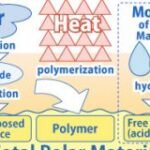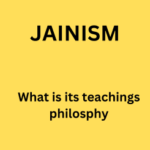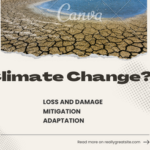National Nutrition Survey

The Comprehensive first-ever National Nutrition Survey conducted by the Ministry of Health and Family Welfare and UNICEF between February 2016 and October 2018 is the first study undertaken, yet to be made public, to measure malnutrition, including micronutrient deficiencies through biochemical measures such as blood and urine samples, anthropometric data(weight for age, height for age, weight for height, mid-upper arm circumference) as well as details of non-communicable diseases such as diabetes, hypertension, cholesterol and kidney function in children and adolescents.Moreover, these are collected for children in the age group of 1-5 years and adults, but not for school going children between the age of 5 and 19 years.
- Nearly 10% of children in the age group of 5-9 years and adolescents in the age group of 10-19 years are pre-diabetic, 5% are overweight and another 5% suffer from blood pressure.
- Findings of the national nutrition survey conducted by the Centre providing for the first time hard evidence of the coexistence of obesity and undernutrition, among school going children.
- The survey found prevalence of indicators of non-communicable diseases alongside indicators of undernutrition shown by various NFHS surveys such as stunting, wasting and underweight.
- A quarter of 5-9 and 10-19 year-olds were thin for their age, one in five children 5-9 years’ old were stunted.
- A total of 1.12 lakh children and adolescents (0-19 years) were surveyed for height and weight measurements and 51,029 children (1-19 years) for biological samples.
POSHAN ABHIYAAN
The Prime Minister’s Overarching Scheme for Holistic Nutrition or POSHAN Abhiyaan or National Nutrition Mission, is Government of India’s flagship programme to improve nutritional outcomes for children, pregnant women and lactating mothers. Launched by the Prime Minister on the occasion of the International Women’s Day on 8 March, 2018 from Jhunjhunu in Rajasthan, the POSHAN Abhiyaan directs the attention of the country towards the problem of malnutrition and address it in a mission-mode.to ensure attainment of malnutrition free India by 2022.by ensuring convergence of various nutrition related schemes.
- It targets stunting, under-nutrition, anaemia (among young children, women and adolescent girls) and low birth rate.
- It will monitor and review implementation of all such schemes and utilize existing structural arrangements of line ministries wherever available.
- These are key Nutrition strategies and interventions IYCF (Infant and Young child feeding), Food and Nutrition, Immunization, Institutional Delivery, WASH (Water, Sanitation and Hygiene), De-worming, ORS-Zinc, Food Fortification, Dietary Diversification, Adolescent Nutrition, Maternal Health and Nutrition, ECD (Early childhood development)/ECCE (Early Childhood care and Education), Convergence, ICT-RTM (Information and Communication. Technology enabled Real Time Monitoring) and Capacity Building etc.
LEARNING WITH TIMES
For several decades India was dealing with only one form of malnutrition– undernutrition. In the last decade, now faces the double burden which includes both over- and undernutrition,
What is malnutrition?
Malnutrition is the condition that develops when the body does not get the right amount of the vitamins, minerals, and other nutrients it needs to maintain healthy tissues and organ function. The term malnutrition covers 2 broad groups of conditions.
One is ‘undernutrition’—which includes stunting (low height for age;It is is associated with an underdeveloped brain, poor learning capacity, and increased nutrition-related diseases.), wasting (low weight for height;It is associated with decreased fat mass. Also known as wasting syndrome, it causes muscle and fat tissue to waste away.), underweight (low weight for age) and micronutrient deficiencies or insufficiencies (a lack of important vitamins and minerals).
The other is overweight, obesity and diet-related noncommunicable diseases (such as heart disease, stroke, diabetes and cancer).
Children who are already undernourished can suffer from protein-energy malnutrition (PEM).
Two types of PEM are— Kwashiorkor and Marasmus.






0 Comments